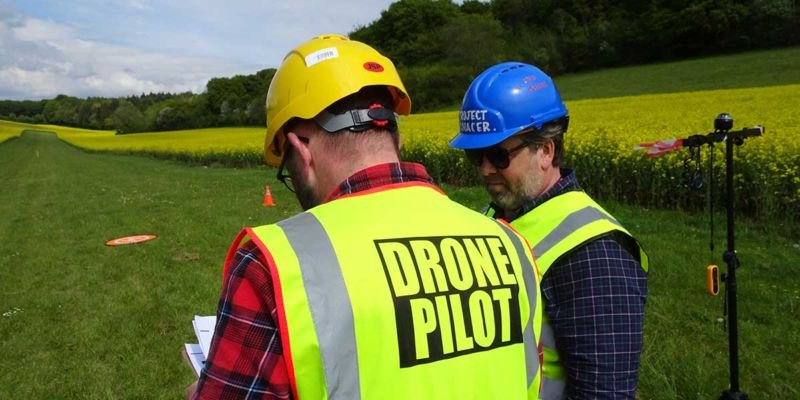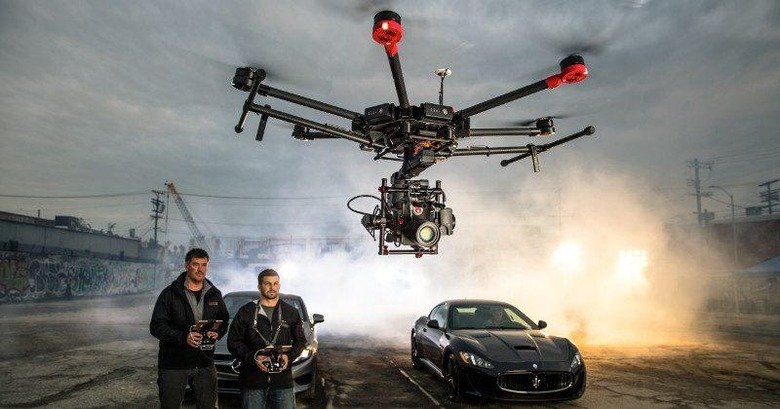Client Guide 01: Our guide to getting amazing drone footage
With the introduction of small professional drones, the inclusion of drone footage has become very common and in most cases the norm. Once, only available to large feature films, with large budgets, it is now possible to get stunning cinematic shots for any use, corporate, TV or film.
We’ve been working with clients large and small, but the guide to using drones is the same. Please enjoy this article where we share our advice in terms of getting the best cinematic drone footage possible within your budget.
Best Team
With the widespread availability of drones, most people will know someone who has a drone of some form or other. Whilst the drone can have all sorts of features, modes and settings - experience is the key!
It’s one thing to play around in the garden or park, but it’s an entirely different scenario when shooting professionally as part of a crew in a public location. Most locations will require some form of liaison with the CCA as a commercial shoot, and may also involve working with multi-agencies and local authorities such as the Police or River Authority.
As a basic rule, the more experience that the person has, the more confident they will be at operating the drone taking into account all the external factors around them (people, crowds, buildings, etc). This will result in better images and better quality video footage.
Appropriate Gear
A bigger drone means a bigger safety risk, more preparation and planning, and potentially a bigger crew. There will likely be more stringent conditions agreed for the shoot, and a bigger chance of something going wrong.
So our tip here is to think carefully about whet you need. Do you really need full-frame 8k video, uncompressed video and an ARRI or RED camera? Who is you intended audience and likely audience for the production.
Two years ago, for Super 35 footage you needed a big drone (say the FreeFly Alta 8), a big gimbal (maybe the Freefly Movi) and a large camera (probably the ARRI Alexa) to achieve professional grade footage. Today, we have a Super 35 system with Apple ProRes, D-Log for less than 1kg.
It’s not to say the big systems do not have their place, but think carefully before deciding on big production values for your shoot.
Have a plan & a plan B
As with anything, the more planning you do the better the outcome - using drones is no exception to this rule. Make sure you have scouted the location in detail, make sure permissions are valid and you have any special conditions or exceptions in place well ahead of time.
Have everything documented, and have multiple copies available to the crew on the day.
Timing is everything
Finally, an often overlooked point is timing. The quality of light is determined by the time of day, have a solid understanding of how the situation changes as sun rises and sun sets.
Another aspect relating to timing is in relation to the location itself, time of day, day of the week, will all determine how busy the location is on the day. The extend of permissions and special exemptions can be determined by risk to crew and members of the public - it makes good sense to try and pick a quiet time if you can.



